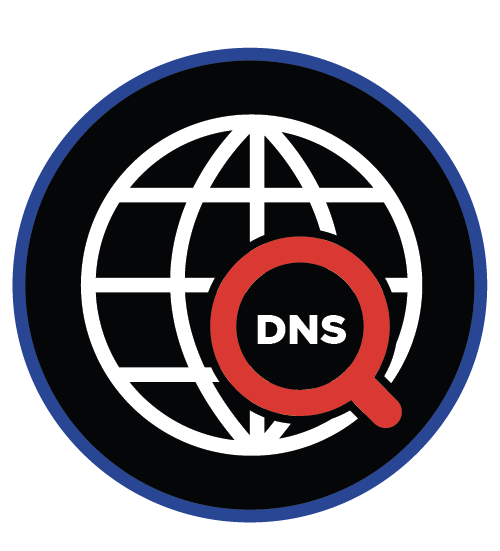
Domain Intelligence
Unveiling the Digital Landscape: ThreatNG Domain Intelligence Investigation Module
ThreatNG's Domain Intelligence Investigation Module provides unparalleled visibility into your organization's external attack surface. This module exposes hidden vulnerabilities and potential threats lurking in your digital footprint by conducting an in-depth analysis of domain names, subdomains, certificates, IP addresses, and DNS records. With comprehensive insights into your online presence, security teams can proactively manage digital risk, enhance brand protection, and strengthen your overall security posture. ThreatNG leaves no stone unturned in its quest to provide a complete and actionable understanding of your external attack surface.
Domain Overview
The Domain Intelligence Investigation Module provides a comprehensive view of an organization's domain-related assets and security posture. It includes essential capabilities such as the Digital Presence Wordcloud, Bug Bounty Intelligence Repository, SwaggerHub Discovery, and Microsoft Entra Identification to uncover hidden threats and vulnerabilities. These features enable organizations to proactively manage digital risk, enhance brand protection, and ensure robust security. By continually monitoring an organization's digital footprint, ThreatNG helps identify and address potential threats and vulnerabilities before they can be exploited.
DNS Intelligence
Comprehensive attack surface mapping involves analyzing domain names, subdomains, IP addresses, and Web3 domains. This process uncovers hidden IP addresses and reveals an organization’s technological footprint through Domain Record Analysis. The module detects potential vulnerabilities by generating domain name permutations and checking Web3 domain availability, highlighting both registered and available names to expose potential risks of brand impersonation. It assesses email security configurations and predicts possible email addresses to uncover hidden vulnerabilities, enhancing email security and visibility.

WHOIS Intelligence
Go beyond basic WHOIS lookups to uncover critical security insights. It analyzes key WHOIS flags to identify vulnerabilities like missing DNSSEC or domains with WHOIS privacy enabled. Combining email analysis and domain ownership correlation, it helps discover unknown assets, identify shadow IT, and unveil hidden connections between domains. This enhanced visibility enables proactive risk mitigation, strengthens digital risk protection, and improves overall security posture by comprehensively understanding the organization's attack surface.
Subdomain Intelligence
ThreatNG provides a comprehensive view of an organization's subdomains, enabling security teams to manage their external attack surface and mitigate digital risks. It combines in-depth discovery and profiling with robust security posture assessments to deliver actionable insights. This includes content identification, subdomain infrastructure exposure, connectivity and access analysis, and security posture assessments. By analyzing various factors such as content categorization, open ports, URL redirects, and HTTP responses, ThreatNG provides a complete picture of the external attack surface, enabling informed security decisions and proactive risk mitigation.
IP Intelligence
Gain a detailed view of the network infrastructure that supports an organization's digital presence. This module uncovers vital information about network connections, potential vulnerabilities, and global asset distribution, including specifics about shared IPs, ASNs, and country locations. It also highlights any private IP addresses exposed externally, pointing out potentially serious security misconfigurations. This comprehensive insight enables security teams to easily grasp their attack surface and proactively tackle potential risks.
Certificate Intelligence
ThreatNG analyzes and secures an organization's SSL/TLS infrastructure by combining in-depth certificate analysis with attack surface mapping techniques. It exposes hidden vulnerabilities and expands the asset inventory by examining certificate status, issuers, and validity periods. This helps identify areas for improvement, such as expired or misconfigured certificates. Analyzing SSL/TLS certificates linked to specific organizational terms uncovers a network of related domains and email addresses, revealing potential hidden assets and online properties that might be overlooked. This comprehensive approach allows security teams to proactively address certificate-related risks and gain a complete understanding of their organization's online presence.


















